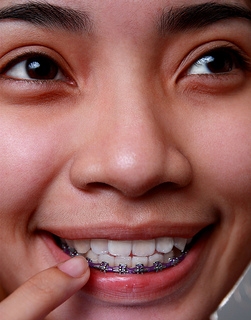Damon® Smile Patient Spotlight: Pro Surfer Bethany Hamilton
July 24th, 2024

In Hollywood, a world where image and beauty is just about everything, many celebrities take the time to fix flaws in their appearance that make them feel uncomfortable. One of those such celebrities is soul surfer Bethany Hamilton, who chose to straighten her teeth using Damon Smile braces, an orthodontic treatment we proudly offer at Diehl Orthodontics that combines patented "tie-less" braces with advanced memory wire.
Hamilton, who overcame an injury from a horrific shark attack to return to professional surfing, chose Damon Smile to perfect her smile. With her choice, she showed children, teens, and adults who are apprehensive about orthodontic treatment that even celebrities get braces.
At age 14, Hamilton began her orthodontic treatment for a severe underbite with significant crowding and a narrow arch. She also had an open bite, which meant there was an open space between her upper and lower teeth when her jaw was closed. These types of cases are typically among the most difficult to treat and often require surgery. Hamilton relied on Damon Smile rather than traditional braces for her treatment.
If you have been thinking about an orthodontic procedure, come see us at Diehl Orthodontics for an assessment to see if Damon Smile is right for you! Give us a call today at our convenient Redlands, CA office!




 Website Powered by Sesame 24-7™
Website Powered by Sesame 24-7™